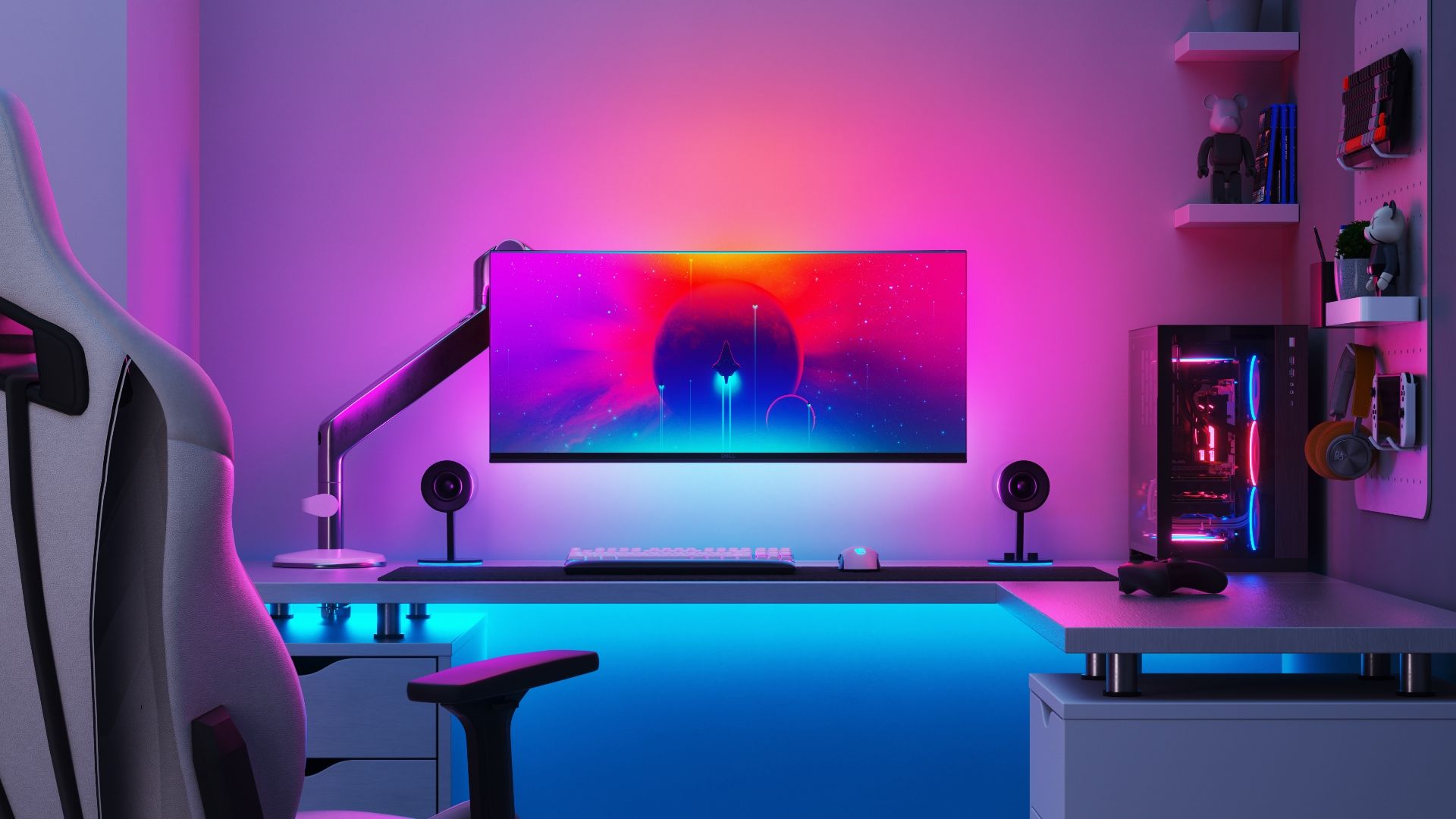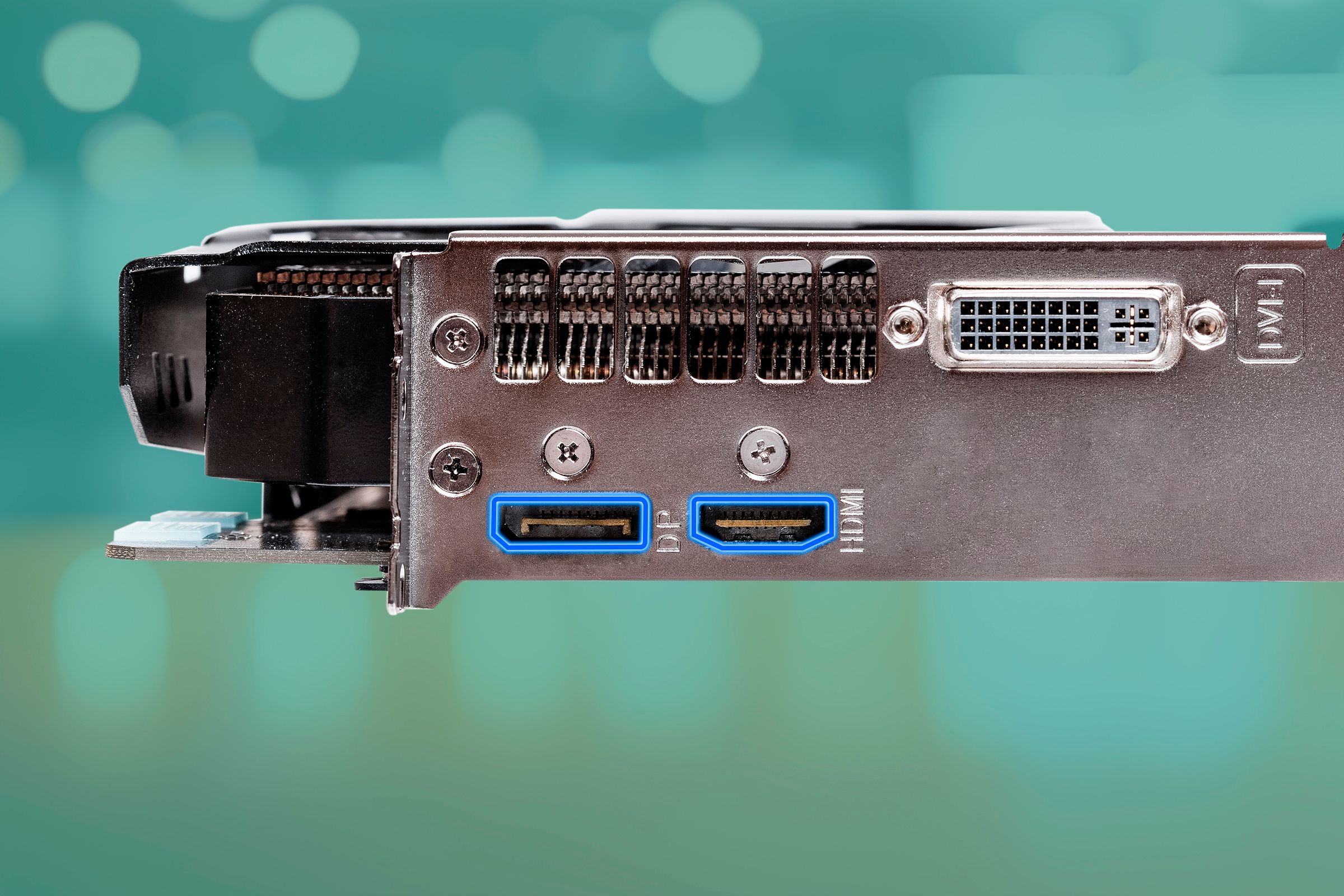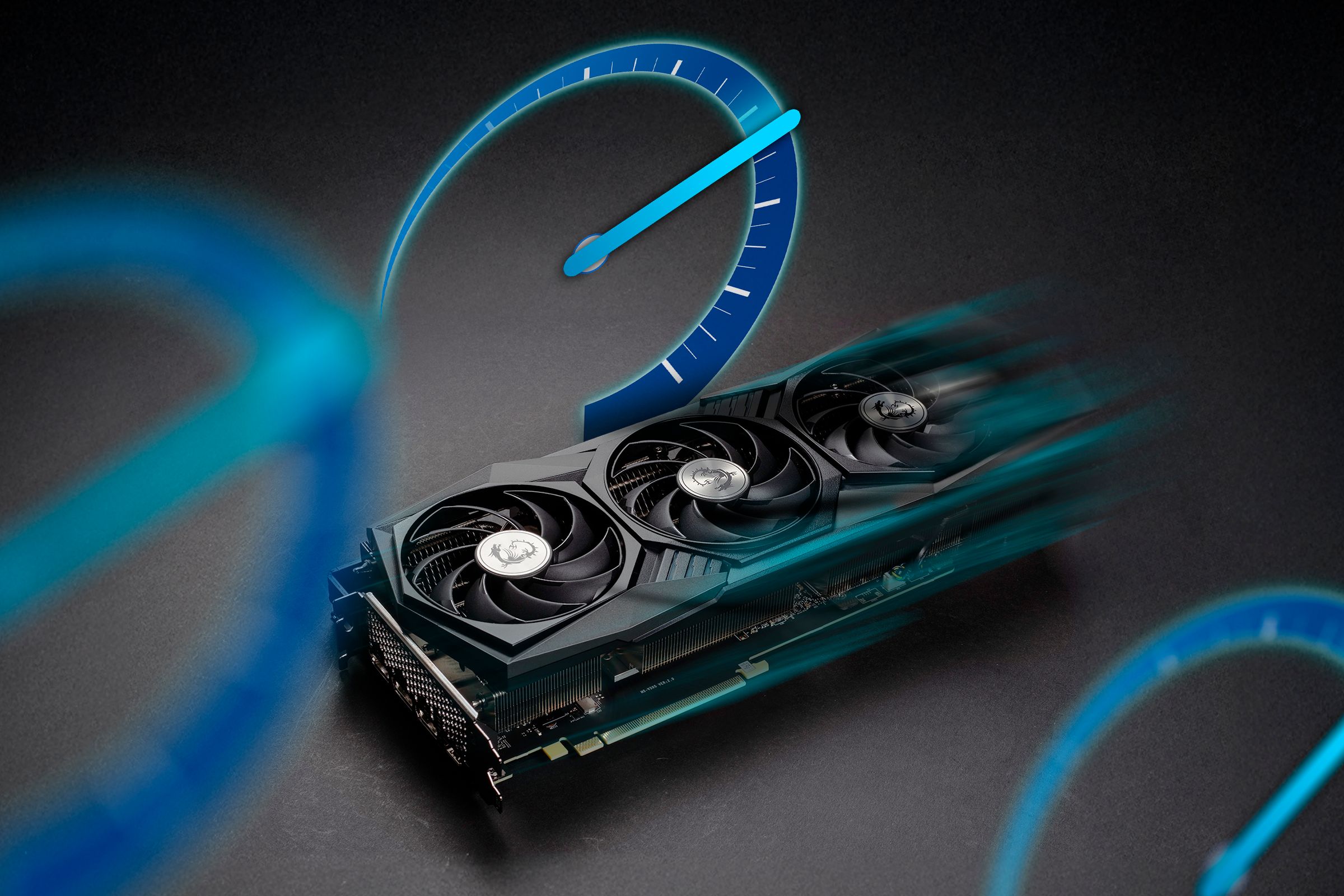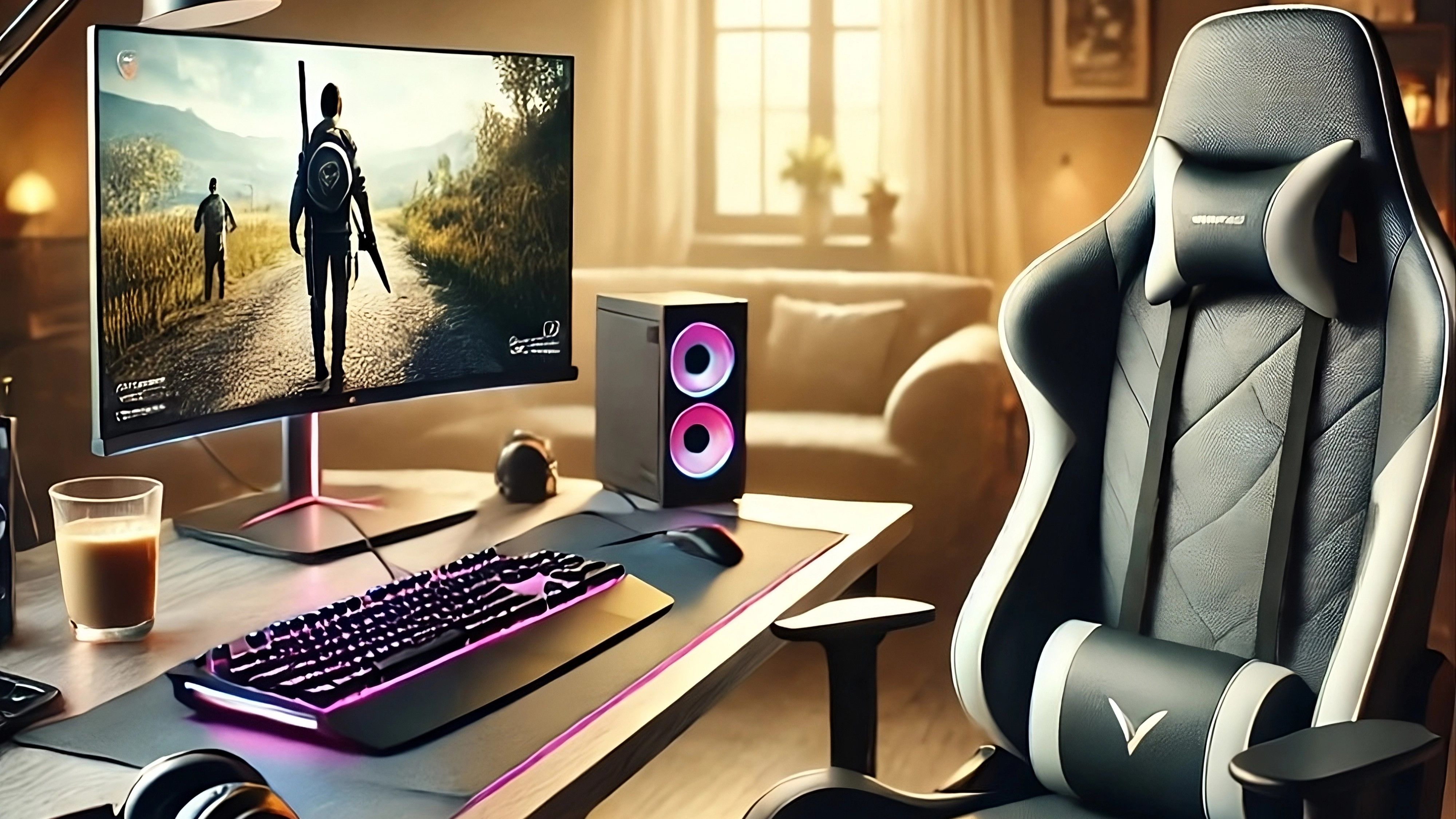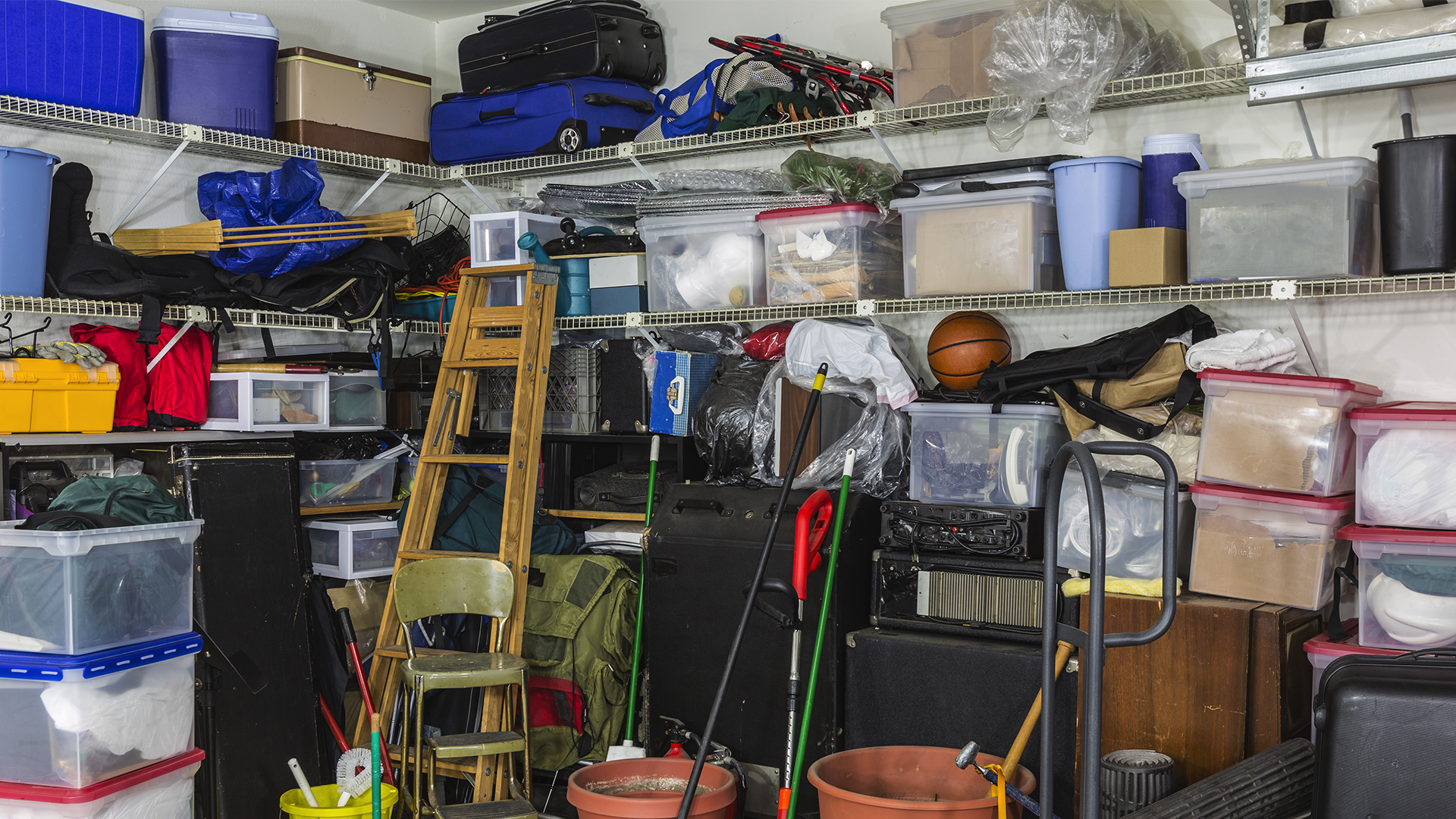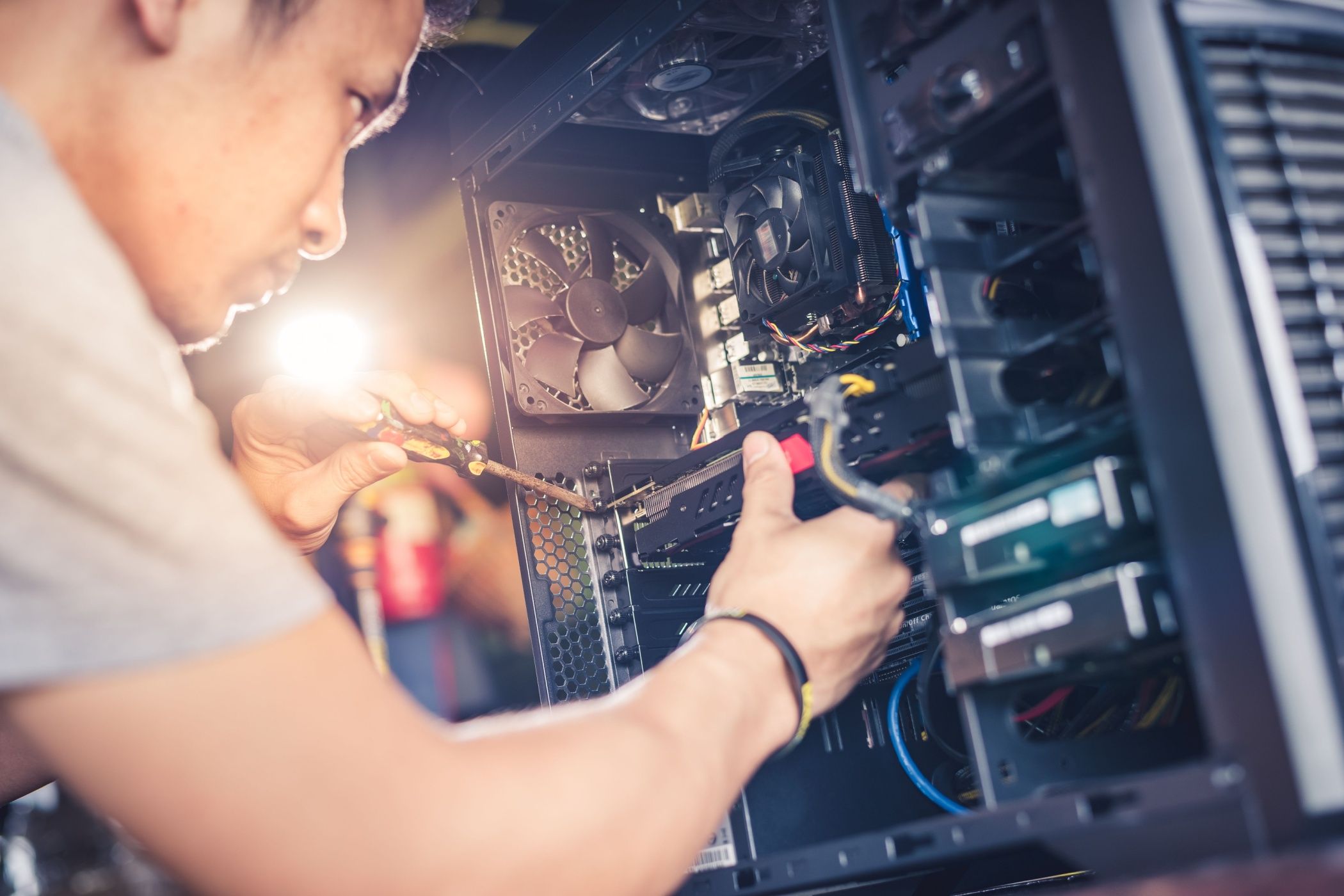Summary
- Plug your monitor into the correct port on your gaming PC to avoid sub-par performance.
- Update your graphics drivers regularly to improve performance and play the latest games without hiccups.
- Keep Windows Update and antivirus enabled to protect your device and private data while gaming.
Unboxing (or even better, building) a new gaming PC is exciting. Some people, even seasoned IT experts, get lost in this excitement and make some egregious mistakes that wind up ruining their gaming experience. Here’s a few big ones to avoid.
Using the Onboard Display Output Instead of Your GPU
“Why is my new gaming PC not able to play the latest games well?” is an all-too-common question posed in tech support forums. The first answer is invariably that you should check if you’ve plugged your display into the wrong port—and it’s usually right. Sometimes people suffer years with sup-par gaming performance because they plugged their monitor into the wrong port when they set up their PC, and never realized.
How does this happen? Many motherboards have a built-in display adapter that is good enough for office work, and terrible for high-performance gaming. The motherboard’s display connector (the one you should avoid) is usually located near your PC’s networking and USB ports.
Instead, make sure you’re using a port attached to your graphics card, which is usually further down on the back of your PC in its own dedicated slot, away from the cluster of ports on your motherboard.
Not Using the Latest Drivers
The drivers and software that your PC or graphics card shipped with were the manufacturers’ best effort at the time, but there’s always room to squash bugs, improve the performance of older hardware, and make tweaks for the latest games.
While Windows Update does an admirable job of keeping drivers up-to-date for the purpose of keeping your PC running smoothly, there’s often a delay between device manufacturers releasing new drivers and them reaching users through Windows Update. So, keep an eye out for the latest graphics drivers, especially if you’re playing a newly released game.
Disabling Windows Updates and Antivirus
Some will try and talk you into disabling updates and antivirus to improve performance. Don’t do it. You need the latest updates to keep your device patched against new security threats. You also need to keep antivirus protection (even built-in Microsoft Defender is a totally sufficient option) enabled and updated. The performance hit is negligible on modern PCs, and you don’t want to have to reformat your device to clear a persistent malware infection, let alone have to deal with the fallout of hackers getting access to all of your private data and online accounts. Time spent cleaning up all of that is much better spent gaming.
If you want to avoid the dreaded scenario of sitting down after a long day at the office for a gaming session, only to find that Windows Update is holding things up, make sure you regularly check for updates so you don’t have a backlog. Delayed updates will eventually install whether you choose to or not, so it’s better to pick the timing yourself.
Poor Desktop and Monitor Placement
Beware of beverages both hot and cold. Placing your new PC tower right under where you rest your coffee or soda cup is setting up a Rube-Goldberg chain of events: it takes just one slightly over-filled drink, and a jump-scare in your favorite horror game, and a bumped desk leads to a drink-soaked PC. Keep your hardware out of harms way.
Monitor and keyboard placement are important when setting up your gaming area too, and good ergonomics will let you play long into the night without getting a sore neck. A VESA mount for your monitor is an absolute game-changer in this regard.
Not Setting Up a Backup Solution
You absolutely, positively, must back up your data. Back it up to a separate storage device (like a NAS or DAS), and keep another copy in the cloud. If something goes wrong, you can be back up and running in minutes or hours, rather than spending days re-installing and attempting to recover your files (if they are recoverable at all).
You’ll thank me later.
Installing Junk and Over-Configuring
There’s an entire economy based on trying to trick PC users into installing adware that makes big promises about gaming optimizations and making your PC run faster, “cleaning” junk files, and so on. These apps are usually totally unnecessary, as the built-in tools provided by Windows are pretty good at keeping your PC tidy. For the best performance (and avoiding installing software that includes pop-up ads and unnecessary background services), you want to keep your PC lean-and-mean with as little third-party junk as possible.
Stick to official drivers, games and software from reputable sources like Steam and GOG. Ninite is a fantastic tool for installing common Windows software that automatically skips all the bundled add-ins and offers that tend to get in the way.
You’ll also probably want to tweak every configuration option you can find on your gaming PC to try and get the most out of it. Just make sure you make note of what you change, as you could wind up negatively affecting the performance or quality of your games, and you want to undo what you’ve changed. If you make a mess of your system, you can always reset Windows for a clean slate (just back up first!).
Offering Your IT Services to Friends and Family (Unless You Really Like Them)
Gaming PCs are a great way to learn about IT, but beware if a distant family member or nosy neighbor starts querying your new tech knowledge: they may be less interested in your RGB RAM and instead be scouting for some free tech support. This may sound jaded, but it’s probably not a trap you want to fall into for anyone but your close friends and family. Every problem they encounter with the device you’ve fixed will somehow now be your responsibility (even if the cause is pre-existing, like they’re still using Windows XP).
If you do commit to help, check out the How-To Geek guide to giving better family tech support, and make sure you encourage good security and privacy habits.


